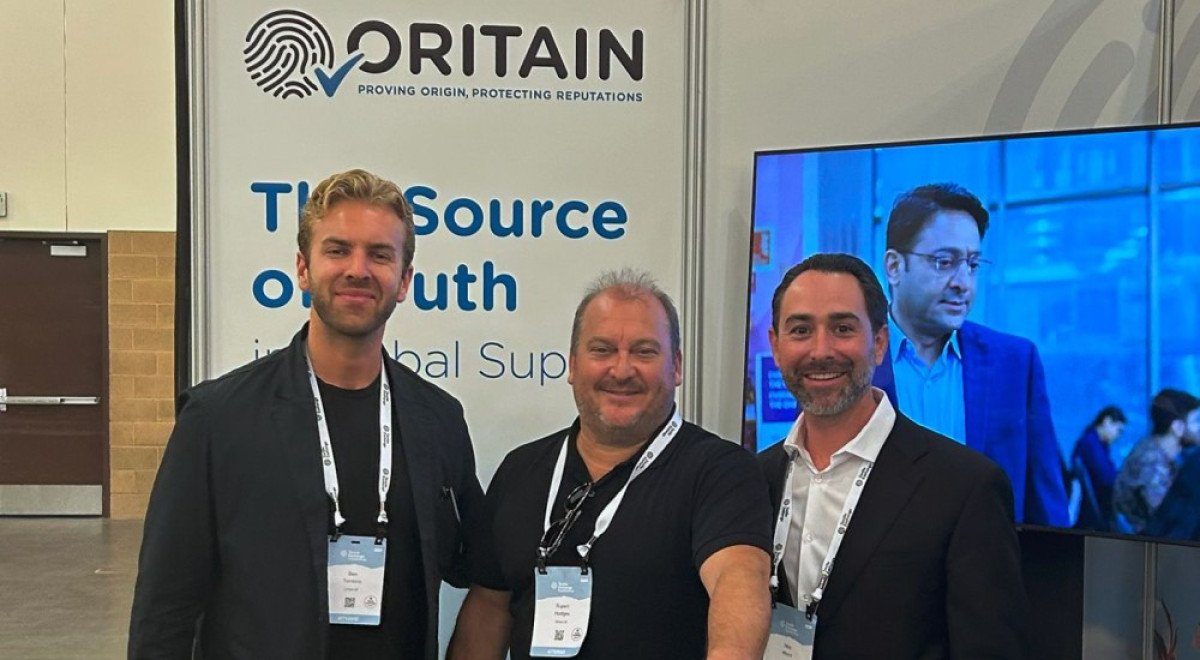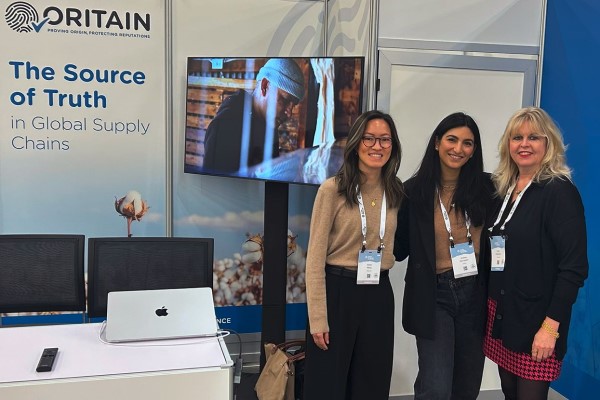The Case for Change: 3 Key Takeaways from the 2024 Textile Exchange Conference
6 November 2024

The 2024 Textile Exchange Conference, held in Pasadena, California, saw leaders and experts from across the fashion, textile, and apparel industry explore challenges and solutions to overcome the climate crisis. Themed “The Case for Change,” the three-day event focused on how the industry can build resilience and integrate sustainability at every level – especially at the raw material stage.
Oritain’s team was on the ground, listening and learning from the thought-provoking discussions and presentations. Summarized below are three key takeaways from the conference that every business in the industry should consider.
1. Regulation pressures demand origin proof
Sustainability regulations are on the rise globally, urging brands to prepare for incoming policy and ensure compliance.
Over the next five to ten years, the whole supply chain is expected to be regulated, holding every single player accountable for their sustainability practices. For an industry accustomed to voluntary, feel-good commitments, every company – no matter the size – needs to proactively engage and make themselves heard by policymakers. One way of doing this is by investing in third-party verification services that can test at any point in the supply chain, including at retail, to prove the origin of raw materials.
Staying informed about current and emerging regulations is essential to ensure businesses are on track for compliance.
2. Physical verification is key to traceability
As the industry moves towards Digital Product Passports (DPP) and prioritization of transparency and sustainability products, traceability has become foundational for responsible sourcing.
Simply tracking materials on paper or through digital supply chain mapping is not sufficient for compliance. Speakers at the conference discussed the role of physical-level verification, where the physical asset is tested to match its digital twin, to bridge the gap between data and material reality.
This speaks directly to Oritain's commitment to origin verification, where forensic science is used to test the physical material or product to validate its claimed origin. Oritain offers brands scientific assurance that their products are truly sustainable.
3. Circularity at the raw material level builds long-term resilience
With over half of the world’s economy dependent on biodiversity, relying solely on new inputs is no longer viable. Circularity is not just about reducing waste; it’s about rethinking how raw materials are sourced, used, and returned to the supply chain.
The conference highlighted the financial structures needed to support sustainability goals, with a focus on decoupling economic growth from new material extraction. Circular models, such as textile-to-textile recycling, provide the ability to derive value from materials that already exist, minimize waste, and close the loop on production.

Casting a bigger spotlight on transparency
Supply chain transparency and accountability are the necessary steps towards a more sustainable future. As brands face increasing regulatory demands, heightened expectations for traceability, and the shift towards circularity, there’s an urgent need for reliable, scientific methods of verifying the origin of materials.
Businesses whose current compliance and auditing programs do not include physical testing of materials to verify their provenance can address this gap with Oritain.
Oritain uses advanced forensic science techniques, such as stable isotope analysis, to trace the origin of materials like cotton, wool, and leather, providing brands and retailers with an independent, scientific proof of origin to comply with regulations, mitigate risks, and build consumer trust in the authenticity of their products.
For media inquiries, please contact:
mediainquiries@oritain.com